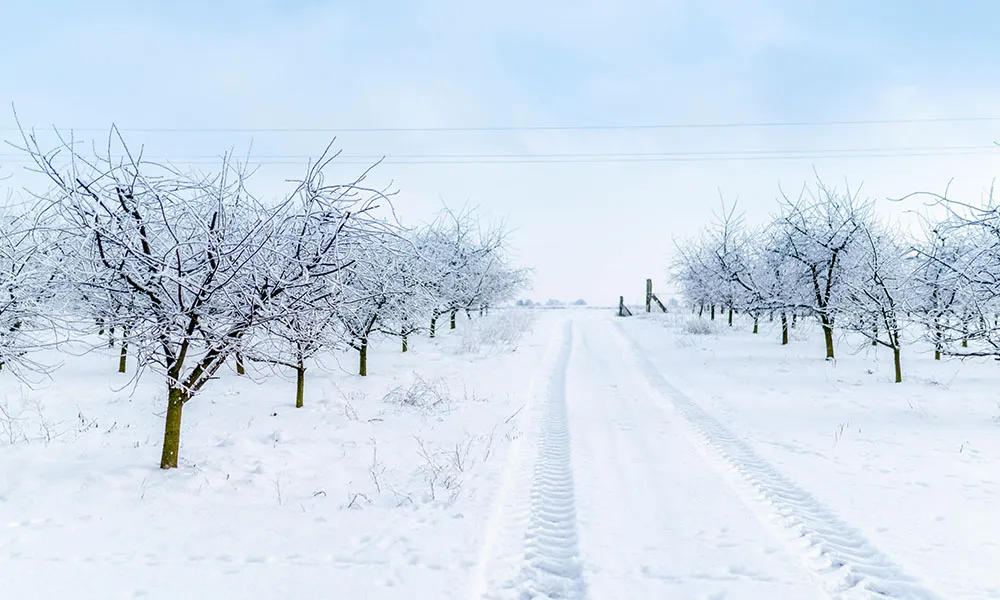
2025 – a better than average year?
By and large, 2025 has been a good year weatherwise. In fact, we have probably seen more sunshine in the last couple of months than we saw throughout 2024. Obviously, these conditions are largely welcome, and farmers will be eager to make the most of them.
However, it is important to exercise caution when working in the sun for prolonged periods. Ultraviolet UV radiation from the sun is a significant cause of skin cancer and, according to research, farmers are exposed to much more of this carcinogen than people who work indoors. This means that farmers are at greater risk of developing skin cancer, if they fail to take appropriate protective measures when working in the sun. Fortunately, there are a number of simple steps that you can take to help mitigate the risk of significant skin damage from UV radiation.
Sunsmart 5 S’s
When you are working during periods of intense sunshine, it is recommended that you follow the SunSmart 5 S’s. These are listed below:
- Slip on clothing that covers your skin, such as long sleeves, collared T-shirts.
- Spread sunscreen on exposed areas - using factor 30+ for adults. Apply 20 minutes before going outside. Re-apply regularly – more often if sweating.
- Slap on a wide-brimmed hat.
- Seek shade - especially if outdoors between 11am to 3pm when UV rays are at their strongest. Plan your outdoor work for early in the morning or late afternoon to avoid the peak UV sun Use trees or portable shade for break times and lunch.
- Slide on some sunglasses to protect your eyes.
As farmers, we are often inclined to overlook personal risk, especially when there is a lot of work to be done on the farm. However, it is essential that we respect the power of the sun. Experiencing frequent or severe sunburn significantly raises the possibility of developing cancerous lesions on the skin. Spending a small amount of time observing the 5 S’s will save you time, stress and money in the long run.
Checking your skin
In addition, it is important to regularly check your skin for unusual changes, or moles that have changed or are new. Skin cancer is much more treatable if diagnosed early, so don’t put off that GP visit. According to Dr Una Kennedy, who advises the HSE’s National Cancer Control Programme, you should contact your doctor if you “notice a lump or discoloured patch on the skin.” Dr Kennedy advises people to “look out for new growths or a sore that does not heal in a few weeks, a spot or sore that itches, hurts, crusts, scabs or bleeds, constant skin ulcers with no other explanation for their cause, and new or changing moles.”
Checking all parts of body
It is important that you check all parts of your body for unusual changes. This should include those parts of your body that are not easily observed, like your back. You can check these parts using a hand-held mirror to reflect onto another mirror. Alternatively, you can ask a family member or friend to check for you. While you may find this embarrassing, your health is too important to be overlooked.











